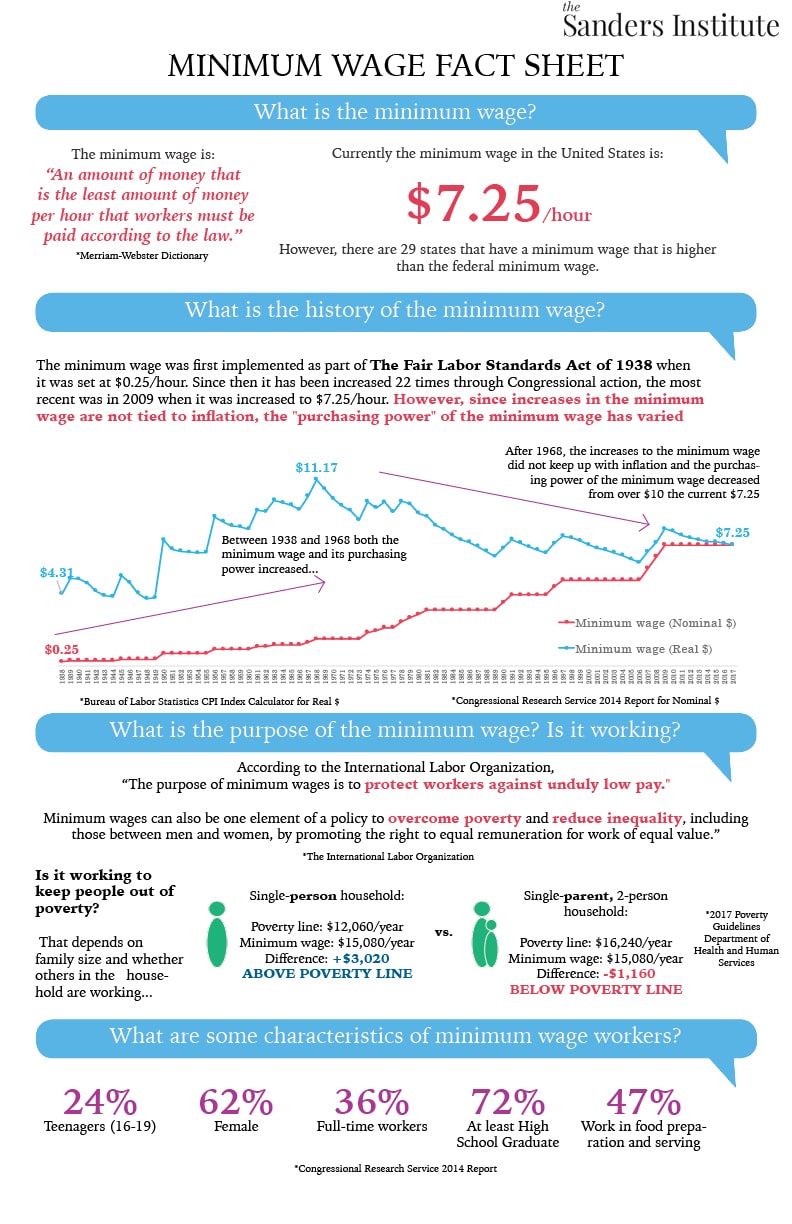Nearly 100 days after US President Donald Trump took office, he and his commerce secretary, Wilbur Ross, continue to commit an economic fallacy that first-year economics students learn to avoid. They claim that America’s current-account deficit (or trade deficit), which is in fact the result of America’s low and falling saving rate, is an indicator of unfair trade practices by Germany and China, two current-account surplus countries. Their embrace of economic ignorance could lead to disaster.
The current-account balance, measuring the balance of trade in goods, services, net factor income, and transfer payments from abroad, is equal to national saving minus domestic investment. That’s not a theory. It’s an identity, save for any statistical discrepancy between gross national product (GDP) and gross national income (GNI). It’s true whether you are liberal or conservative, populist or mainstream, a Keynesian or a supply-sider. Even Trump and all his deal making can’t change that. Yet he is threatening a trade war because of deficits that reflect America’s own saving-investment imbalance.
A country runs a current-account deficit if investment exceeds national saving, and runs a surplus when investment is less than national saving. For a country with a balanced current account, a deficit can arise if its investment rate rises, its saving rate falls, or some combination of the two occurs.
Suppose that the US is trading with foreign countries that maintain protectionist policies. If these countries liberalize their trade regimes, they will tend to import more US goods that compete with their own industries. The size of the import-competing sectors will then shrink, freeing up workers and capital to increase output in export sectors. As exports rise, so will the foreign-exchange earnings that pay for the higher import bill.
Suppose, conversely, that the US imposes new import barriers in response to its current-account deficit. These import barriers would pull workers and capital into import-competing sectors and away from export sectors, roughly leaving the US trade balance unchanged while lowering national income and average living standards. The trade deficit could fall if the import barriers were in the form of trade taxes that lowered the budget deficit (thereby raising government saving) but that effect would work through the budget, not through trade policy per se.
There is no particular reason why a reduction of foreign trade barriers or an increase in US trade barriers would have any first-order effects on the US saving and investment rates, and therefore on the US current-account balance. To reduce its current-account deficit, the US must either save more or invest less in its economy.
It’s not hard to see why the US runs chronic current-account deficits. The US national saving rate – the sum of private saving plus government saving, measured as a share of GNI – has declined markedly during the past 30 years. Most of the decline in the US saving rate is due to a decline in the government saving rate.
Government in the US (federal, state, and local) is a net dis-saver, meaning that current outlays (for consumption, interest payments on the public debt, and transfers) exceed revenues, currently by around 2% of GNI. This is not surprising. The lion’s share of the problem is at the federal level. Every president since Ronald Reagan has promised “middle-class tax cuts” and other tax breaks, undermining revenues and leaving the federal budget in chronic deficit. Democratic presidents favor the supposed Keynesian “stimulus” of tax cuts, while Republicans champion their alleged “supply-side” effects.
Both the Democratic and Republican parties are practitioners of populism, American-style: they repeatedly cut taxes, increase the public debt (which doubled from 35% of GDP in 2007 to 74% of GDP at the end of 2015), and generally blame somebody else for the slow US growth that arises from low saving and investment rates. Now it’s the turn of China and Germany to be in US leaders’ crosshairs.
America’s trade and budget imbalances could soon get a lot worse if Trump and congressional Republicans get their way in cutting federal taxes still further. This would be a ruinous fiscal policy, yet perhaps a popular one in the short term – before the economic bills start coming due. With a larger budget deficit, America’s current-account deficit would soar as well, just as it did when Reagan’s tax cuts expanded the federal budget deficit sharply in the early 1980s. One can imagine that the rising trade deficit would then lead to even more outlandish claims by Trump and his officials about alleged Chinese and German trade perfidy.
Americans should not allow themselves to be fooled. The emperor has no clothes, imported or domestic; and, apparently, he has no competent economic advisers, either.
